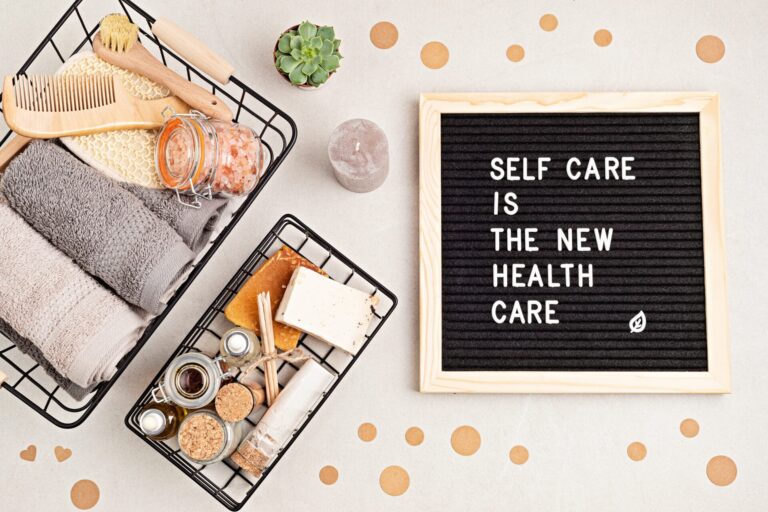It’s Okay Not to Be Okay
Resisting “happy switch hype” can protect your mental health.
KEY POINTS
- “Happy Switch Return-to-Normal Hype” can misguide and impede the healing and recovery process.
- Disaster recovery requires a trauma-informed lens that emphasizes attention to triggers, accessing trusting community, and relentless self-care.
- It’s okay not to be okay. Asking for help is the new imperative of today. Accessing resources to tend to mental health is vital for healing and cultivating resilience.
Trauma isn’t resolved by a mere flip-of-switch

Source: Shutterstock/Pewara Nicropithak
After a year that feels like a big human behavior experiment requiring every ounce of resilience, creativity, and fortitude we can muster, there is palpable eagerness to return to “normal.”
Who can blame us for wishing for a happy switch? It’s like we’ve been cast in a jarring Quentin Tarantino meets Groundhog Day meets Survivor mash-up, rife with dark, morbid twists and turns that are predictably unpredictable. Pining for some lighter scenes and less drama is a fair ask. We’ve had our fill of obstacles and stunts.
Still, we cannot let earned overzealousness disillusion us to think things were normal to begin with. Pre-pandemic was no picnic: We were already dealing with a global mental health crisis and significant disparities with regards to race, class, gender, sexual orientation, age and ability. This past year has shone a needed light on the tremendous need for relentless work for accountability, reparations, and overdue social change.
Given the enormity of trauma we’ve endured, it’s amazing to behold the level of resilience we’ve demonstrated. Adaptability has become our middle name. We are feisty creatures. Still, the next phases are unlikely to be a cakewalk.
This past year, we’ve grieved many losses: loved ones, health, sense of safety, mobility, rites of passage. Weddings, funerals, graduations, functions, classes, meetings, dates, socials, shows, and performances have been canceled or made virtual. Many of us are reeling as we experience a catastrophic impact on our mental health and those we love. We cannot help but want to wriggle our way out of this chokehold and breath some new air. Enough is enough.
“Happy Switch Hype” is the oversimplified framing of “return to normal” as something we can get to with ease and just a little moxie. That just one flip will get us there. For more than a year, we have been pining to get back to regular routines: to see and hug each other in person, to be able to catch a show, to not be marinating in fear every second. For all hell not to be breaking loose. Maybe some of us even miss our cubes and commute.
There’s nothing wrong with wanting a reprieve; in fact, research shows that returning to routines aids healing. But when we romanticize normal, it can impede our process of recovery, which will likely continue to be messy and tumultuous. I’m not saying we have to expect the worst, but that keeping our seatbelts fastened until the ride comes to at least a running stop is wise. Given all we’ve endured, we need to stay buckled to evidence-based approaches that mitigate trauma to help protect us in the days ahead.
Disaster recovery is not a five-step formula, nor is it an expedient process, but research shows there are mindsets, behaviors, and habits we can adopt to help facilitate healing and cultivate resilience:
1. Resist pressure to jump back in, full-octane.
Don’t “should” or “must” yourself if you’re experiencing strong emotions in your return to work or other routines. Getting back to places you’ve been away from can be triggering and provocative, making what felt surreal more real. Give yourself time to process such emotions and avoid defaulting to guilt if you can’t find your happy switch in breakneck fashion.
2. Form your trust squad.
When we have people we trust, it increases our psychological safety, which in turn helps facilitate a healing process. Relationships are protective elements for our mental health. Hiding never serves us well, and the pressure to be “normal” or “fine” does nothing to help us get to a better place.
3. Practice relentless self-care.
Identify your go-to healing strategies and practice them religiously. Research shows that lifestyle medicine: sleep, nutrition, hydration, movement, and nature are essential foundations for well-being. Relentless self-care involves ritualizing micro-breaks into our days to recalibrate. Whether humor, creative activities, meditation, breathing exercises, dance breaks, and chats with friends, we must weave in regular joy-filled moments that help us build resilience given the ongoing adjustments we are tending to.
4. Know that it’s okay not to be okay.
Acknowledge your own mental health. It’s hard to imagine not being scathed by such traumatic, enduring circumstances. As humans, we are wired to respond to our environments. Given the enormity at hand, it’s not uncommon to experience escalations in stress, anxiety, and depression. Healing doesn’t happen when we ignore this, but when we employ a trauma-informed lens to understand ourselves and one another. Untreated trauma can wreak havoc.
Learning to get comfortable with the uncomfortable and ask for help is the new imperative of today. Explore resources from reputable mental health organizations such as Active Minds, National Alliance on Mental Illness, AAKOMA Project, The Jed Foundation, National Association of Social Workers, American Psychological Association, and the World Health Organization.
References
Lee, K. (2018). Mentalligence: A New Psychology of Thinking. Learn What it Takes to Be More Agile, Mindful and Connected in Today’s World. Deerfield Beach, FL: HCI.






